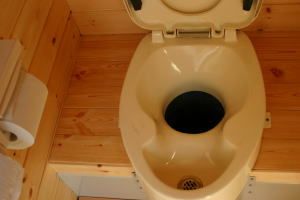
Water and energy conservation are two important challenges faced by many European households. An EU-funded project addressed these issues, thereby creating a major opportunity for small and medium-sized enterprises working in the plumbing sector.
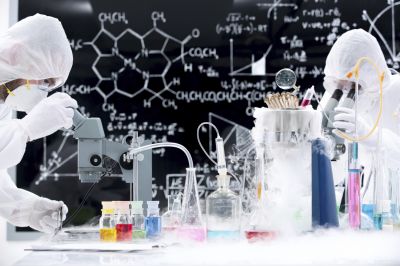
Expediting pharmaceutical development processes could significantly speed up the time taken for a product to reach the market. A European consortium working towards the development of a cell screening prototype that could be incorporated in various biopharmaceutical processes.

Industrial environments produce a lot of dust that can be detrimental to both machinery and personal health. A new air cleaning system that removes nano-scale particles and prevents build-up of explosive dust will tap large global markets.
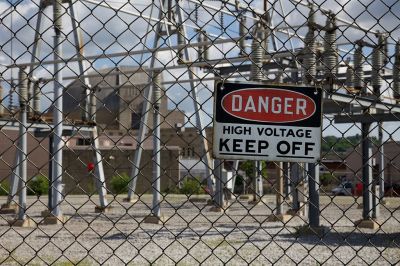
Failing stacked switches in voltage source converters (VSCs) can lead to loss of power, causing disruption to processes. New technology provides an innovative route to avoid power losses in the plurality of power transmission and distribution applications.
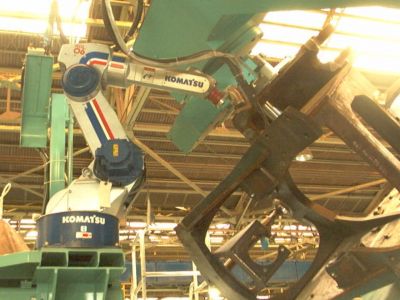
Robotic welding accounts for about one fourth of all industrial robotic tasks, yet automation is lacking. A novel low-cost robot with automatic track calculation and quality control will have major impact on quality, costs and competitiveness.
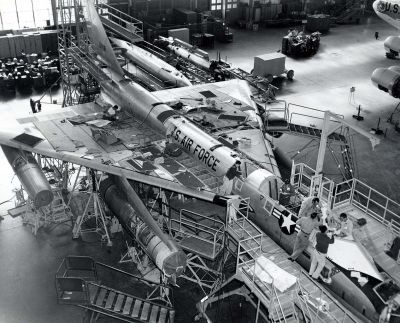
The assembly of automotive, aerospace, pharmaceutical and medical industries is intertwined with high labour costs in Europe. An EU-funded project is developing smart technology to reduce costs and enhance the effectiveness of complex assembly systems.
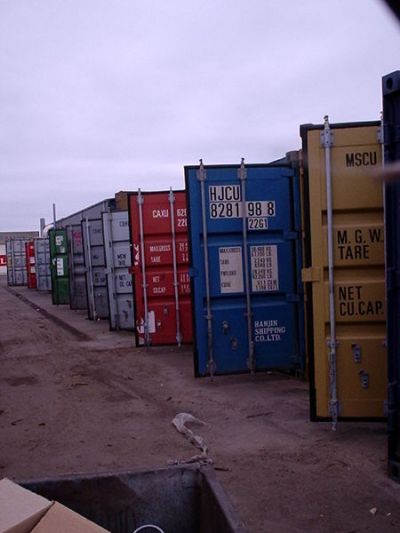
Unit load devices (ULDs) are special containers for aviation cargo, and generally arrive at the aircraft pre-loaded. While very successful and ubiquitous, they also represent the weakest link in aviation security.
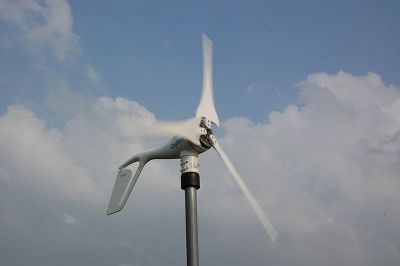
Hitherto maintenance of wind turbine blades (WTBs) usually involved an inspector descending a rope for a visual examination. EU-funded scientists have unveiled a novel automated system for in situ inspection that avoids perilous work at heights.

Data-tracking software initially designed to help support physicists at the European Organization for Nuclear Research (CERN) needed new capabilities. An EU initiative has set out to bring the software up to modern standards.
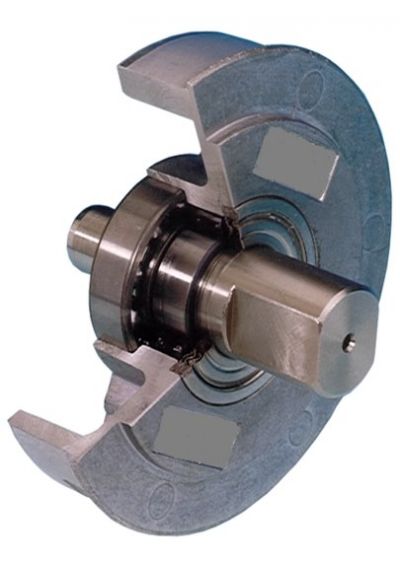
EU-funded scientists are developing a new generation of permanent magnets, shifting away from rare earth elements. These should be particularly attractive for electric vehicles and machinery.

An exciting high-pressure technique promises to replace the use of sulphur dioxide in winemaking and save as well on energy costs. This will also make the industry more competitive on the global market.
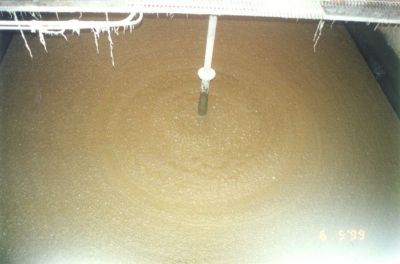
Keeping a sewerage system clean and functional is crucially important for public health and proper functioning of a city's infrastructure. Researchers have developed an automated sewerage inspection and cleaning device that will save time and money.
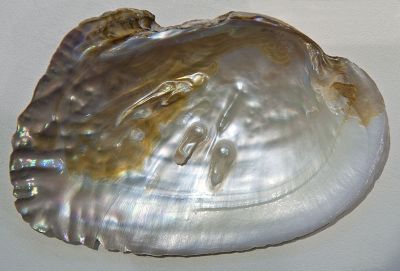
Natural composites such as bone and mother-of-pearl (nacre) combine strength and toughness with self-healing ability. Scientists developed novel processes to make bio-inspired composites for potential energy, sensing and biomedical applications.

Solar energy technologies such as photovoltaics (PVs) convert the Sun's virtually limitless energy into electricity. Novel large-area fabrics with integrated PVs could soon be doing that from incident light on awnings and walkway shades.

Although the use of algae in the production of biofuels has enormous potential, the industry is struggling to grow consistent volumes at realistic prices. An EU-funded initiative made up of leading researchers investigated ways to utilise light energy to improve algae cultivation methods.
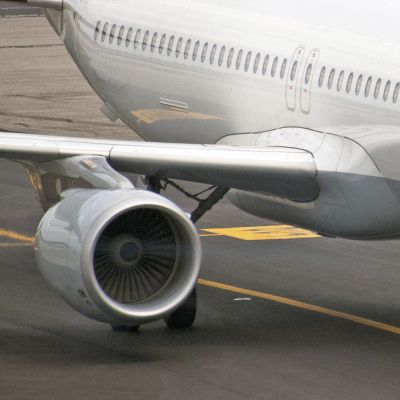
EU-funded scientists are investigating new design concepts to protect future aircraft from damage by failure of engine components.

Additive manufacturing (AM), or 3D printing, is a rapid process for building up a part of complex geometry with minimal material waste. Innovative application of AM to on-site aircraft maintenance and repair is preparing for take-off.
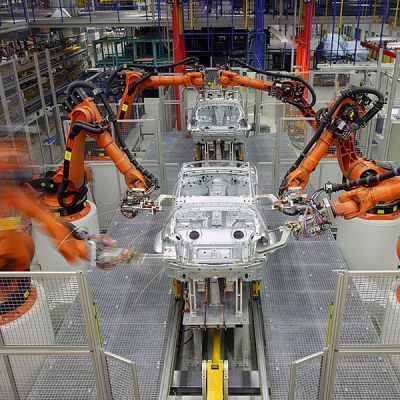
Adhesive bonding can increase the range of lightweight materials used by car manufacturers, but the high-temperature curing required is problematic. A novel formulation compatible with low temperature curing will have major impact.
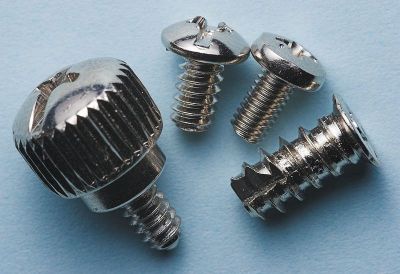
Tapping the market for small, customised metal parts could boost the competitive position of small and medium-sized enterprises (SMEs). A new manufacturing platform designed with this in mind promises better parts at lower prices.
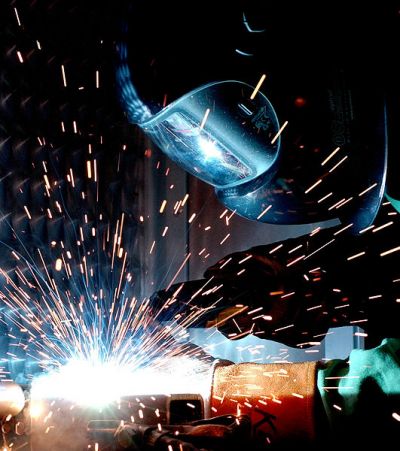
EU-funded researchers are developing a cost-effective, low-distortion welding process applicable to steel to help European shipyards maintain competitiveness.
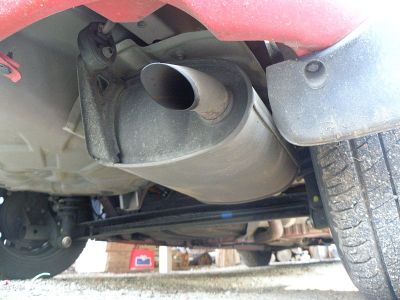
Only a fraction of the energy released by burning fossil fuels is converted into mechanical or electricity energy with most of the energy released as heat and written off as a loss. Thermoelectric materials developed by an EU-funded project may provide the solution to this energy problem.

European researchers have developed an algal management system based on ultrasound technology to control algal blooms that threaten public health and water quality.

The market for multifunctional microsystems made of 3D layered materials is growing. A novel design and manufacturing platform promises to revolutionise the way things are done and enhance EU market position.

The era of mass production of similar items is coming to an end with a need for rapid production of smaller batches of niche products. A novel industrial control platform promises to help EU manufacturers evolve to meet customer demands.

The traditional wood-making industry is transforming thanks to breakthrough engineering technology that produces high-quality lightweight wood panels at low cost.
























